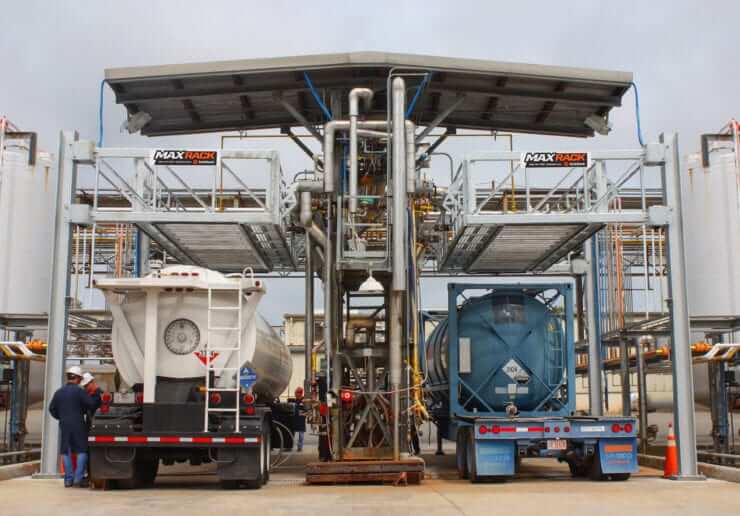Any commercial building area that sees exclusive use as a loading and unloading area for commercial vehicles is known as a loading dock. As one might imagine, a loading dock is an important area for any business or retail establishment, where commercial goods are dispatched or received. It is, in a sense, the fulcrum of all economic activity. Facility contractors must take great care in designing a safe and efficient loading dock. Given below are some of the key factors to consider:
Identifying the Right Location
Ease of access is easily a primary factor to consider. That apart, one must ensure that the loading dock is away from the general entrance to one’s premises to ensure safety, security and efficiency.
Providing Proper Access to Vehicles
There has to be a ramp leading from the loading dock to the parking lot. Ramps in a loading dock will enable vehicles of varying sizes to make and receive deliveries.
Creating the Right Approach to the Loading Dock
It is imperative to have a sloping approach to the loading dock to prevent water accumulation, which can be disastrous from the point of view of the integrity of the goods being moved around.
Facilities to Accommodate Vehicles of Different Heights
Not all vehicles have the same height. It, therefore, is important for loading docks to be equipped with a dock board to make an allowance for any gap that might exist between the port and the vehicle bed.
Provision for Safety Equipment
The presence of several pieces of safety equipment can improve dock safety immensely. These include wheel chocks, vehicle restraints, dock bumpers, and edge guards.
Provision for Adequate Lighting
It is critical to make adequate lighting provisions so that even the inside of the trailers are properly visible.
Exterior Dock Doors Are a Must
Notwithstanding the kind of doors one installs at a loading dock, it is important that these can be closed and locked when the premises are not in use.
A Holding Area is Necessary
One needs to have a holding area for goods either inside the building or next to the loading dock.
Loading docks come in many designs, depending on their specific purpose. Let us look at some important types here:
Enclosed Loading Dock
The enclosed type is not that common a loading dock and has the advantage of allowing trucks to be parked indoors, thereby preventing exposure to the elements. This type is ideally suited for trucks carrying goods that must be temperature controlled. The disadvantage of having this kind of loading dock is the internal pollution that results from the vehicle being parked in an enclosed space.

Flush Loading Dock
The flush type is the more standard loading dock and is characterized by an open flush system that allows the back of a truck to fit into the dock fitted into a warehouse wall. These are quite handy from a space point of view as you don’t require a covered space to be built for vehicles.
Open Loading Dock
Unlike a flush loading dock, an open loading dock has no seamless docking with the back of a truck, which leaves the trucks and goods vulnerable to weather conditions. A roof or canopy provides some protection in some cases, but there are no enclosures on the sides. As one might imagine, these docks are not the most popular ones.
Sawtooth Loading Docks
In limited outdoor maneuvering space, sawtooth docks come to the rescue by allowing docking at an angle. These are ideal for providing extra maneuverability outside a warehouse but wasting space inside it in the end.
Conclusion
Though not in the public eye, landing docks are critical for the logistics industry. They enable warehouses and freight terminals to deliver and store goods across the value chain. Because these vital pieces of warehouse infrastructure allow the use of special equipment and facilities, one sees an overall enhancement of efficiency across the board. Having loading docks results in reducing costs and a faster movement of goods.
Industries like processed food that depend upon the fast delivery of goods hugely benefit because of loading docks. Of course, loading docks need to be built to exact specifications for all these advantages to accrue. The benefits of accessing more and more technologically advanced loading docks accrue to shippers, logistic companies, and ultimately the customer. While one would never really give a thought to the importance of a loading dock, when one receives a large shipment or a small express delivery, the fact of the matter is that they matter a great deal. But for their presence, our shipments would arrive much later and not in the best of conditions.